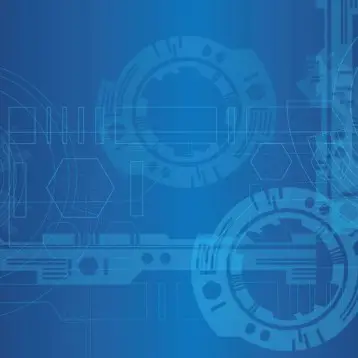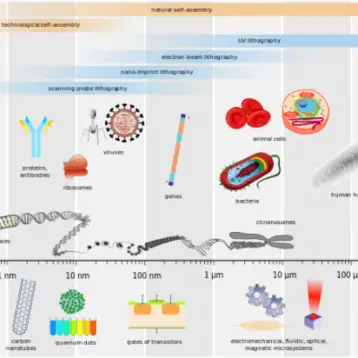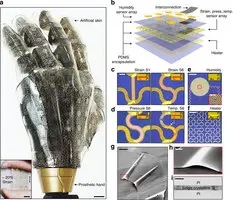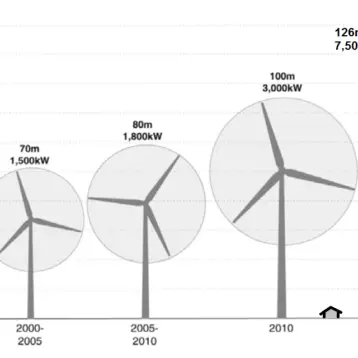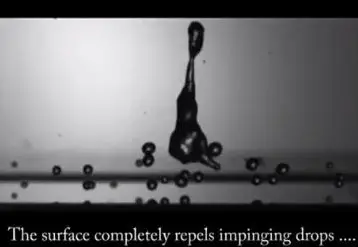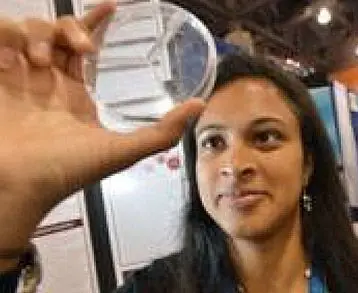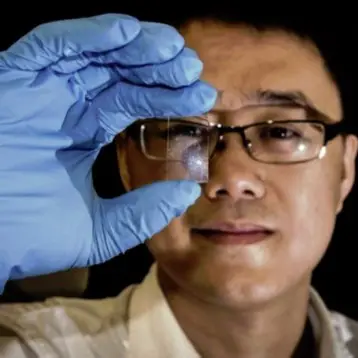The team from the American National Institute of Standards and Technology (NIST) has published their paper in the journal, Lab on a Chip, in which they describe a process that allows sorting multiple miniature particles – “nanoparticles” – according to their size. Although experts created the device – called “the nanofluidic multi-tool” –a year ago, experts showcased it only recently.
The article outlines the successful performance of the first in a planned series of nanoscale tasks. The nanofluidic multi-tool separated and measured a mixture of spherical nanoparticles of different sizes, ranging from about 80 to 250 nanometers in diameter. These nanoparticles were dispersed in a solution; then they pouredthe solution into the device to sort the particles into different “stacks” according to size.
The device uses electrophoresis to sort the particles according to size. It has a wedge-shaped chamber with a flat roof and a broad, staircase-like floor. That chamber is taller at the front, but becomes shorter at the back, as the roof and floor close together one precisely-calibrated step at a time.
The presented method moves charged particles through a solution by forcing them forward with an applied electric field; it channels the nanoparticles into the chamber and up the staircase. The larger particles get stuck relatively near the front, as they can no longer squeeze between the floor and the roof, while the smaller particles were able to move farther back until they no longer can squeeze through the opening. Ultimately, all the particles end up at specific steps of the chamber, as dictated by their size.
The importance of performing this sorting process is presented with an analogy: The researchers say it is like having many coins in your pocket. Fumbling around the pocket wouldn’t help you know how much money you had, but sorting the coins into stacks of quarters, dimes, and nickels would allow you the ability to count money with ease.
According to the NIST team, the device could enable them to sort complex nanoparticle mixtures, without observation, for subsequent application. Of course, scientists must be able to integrate it into a microchip. Moreover, this approach could prove to be faster and more economical than conventional methods of nanoparticle sample preparation and characterization.
In addition to sorting by size, the research team is looking at other uses of the devices – hopefully redesigning it to sort nanoparticles by other criteria, such as shape or composition. Such uses could make the device multifunctional and more attractive for future researchers.
TFOT has also covered the Nanoparticle Ink that could make flexible printed electronics and solar cell arrays much easier to generate, and the development of nanolenses for high resolution imaging, created at the Pohang University of Science and Technology in Korea.
For more information about NIST’s method of sorting nanoparticles, see the official press release.


